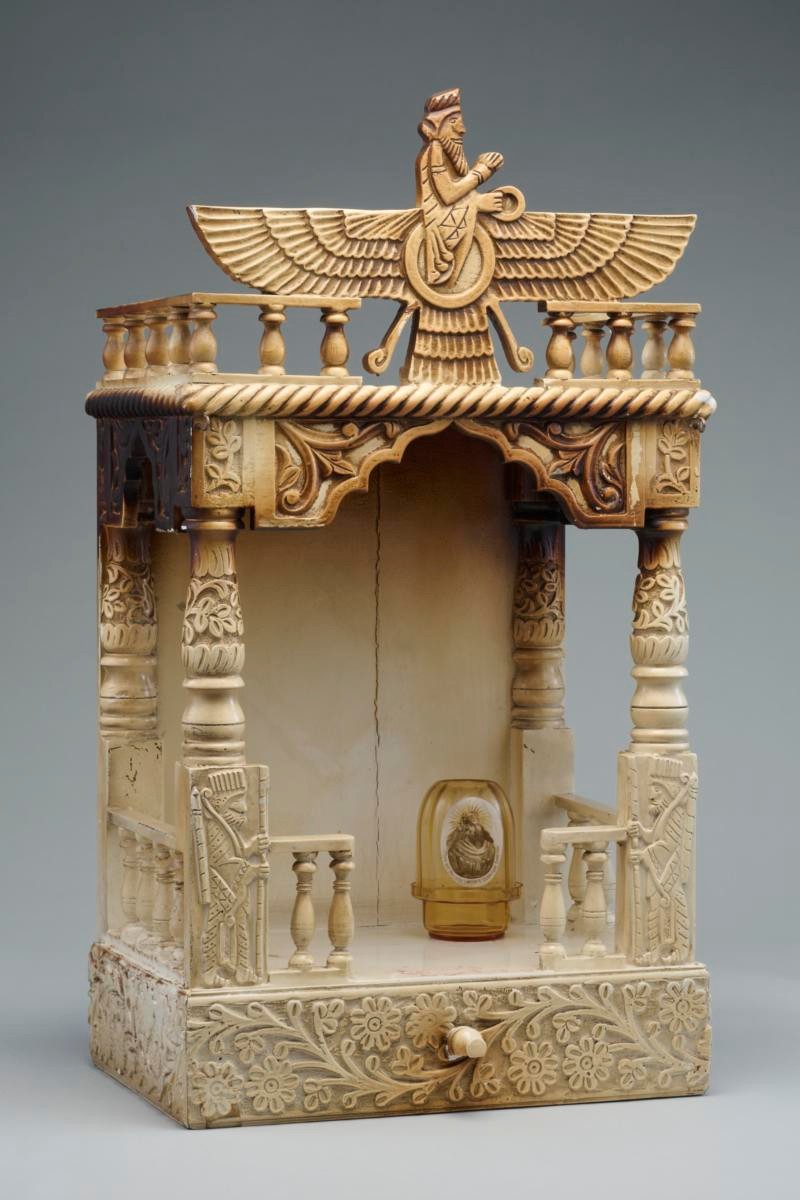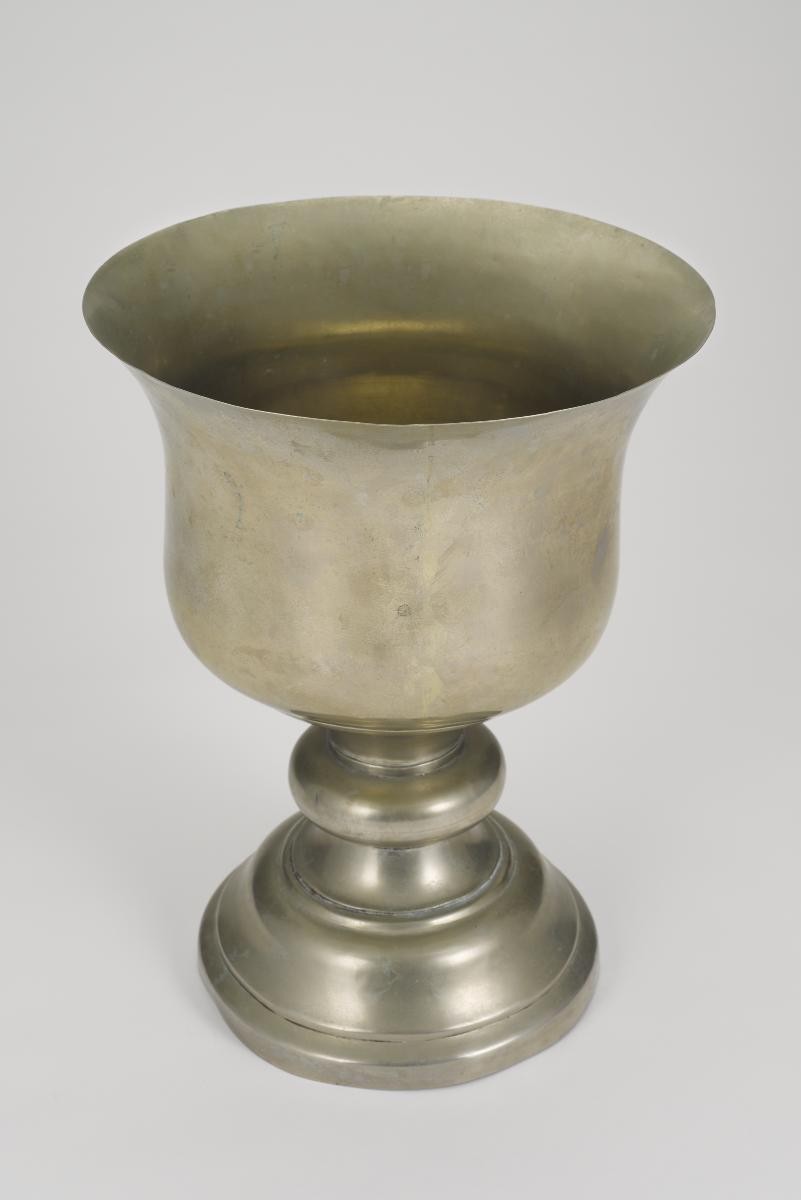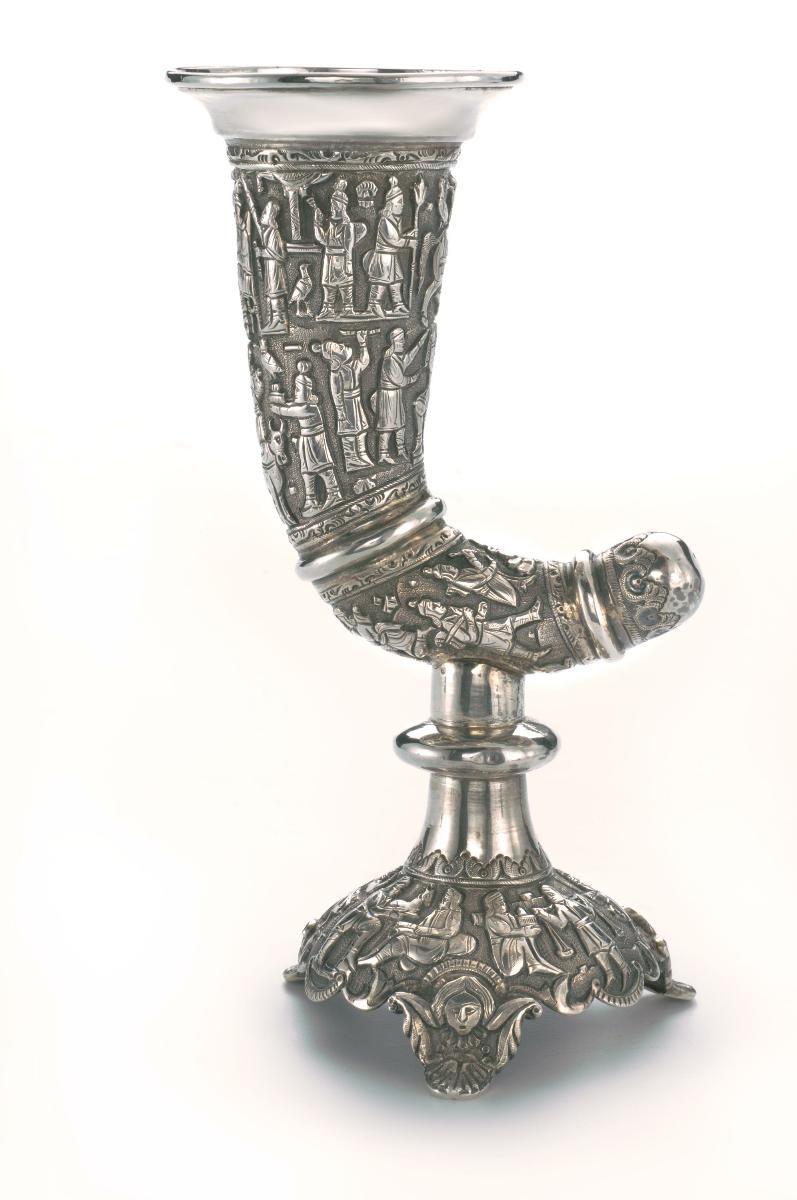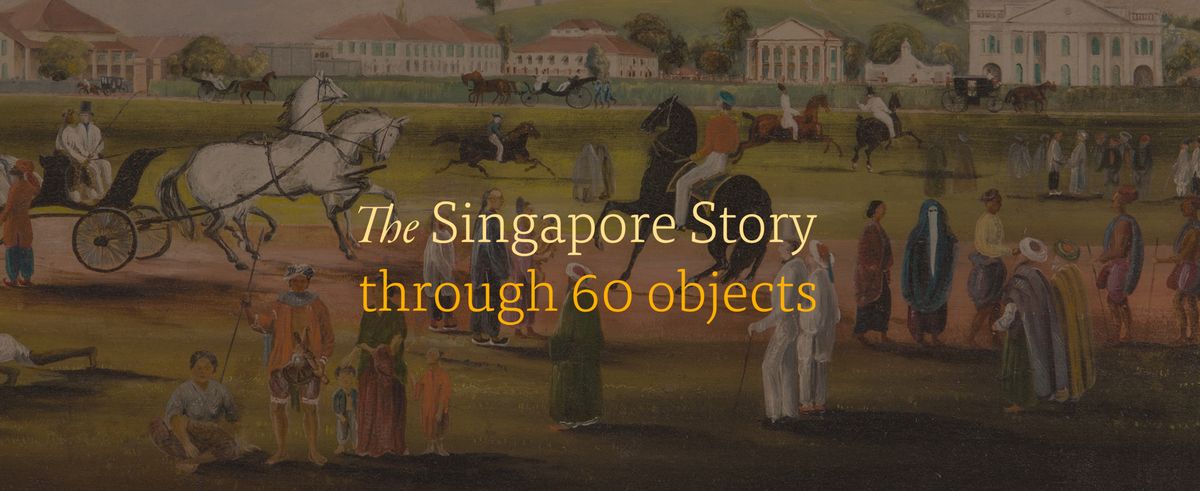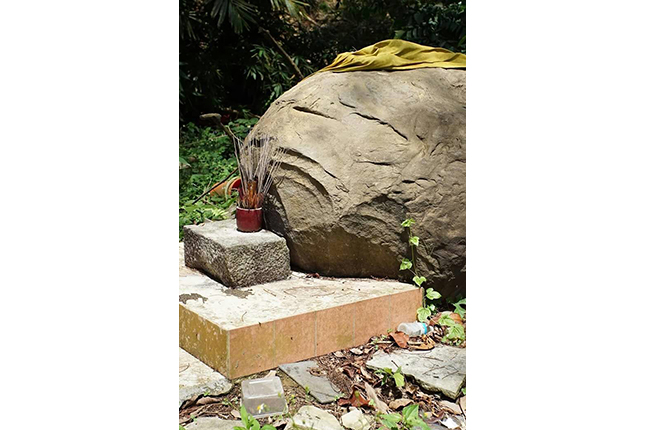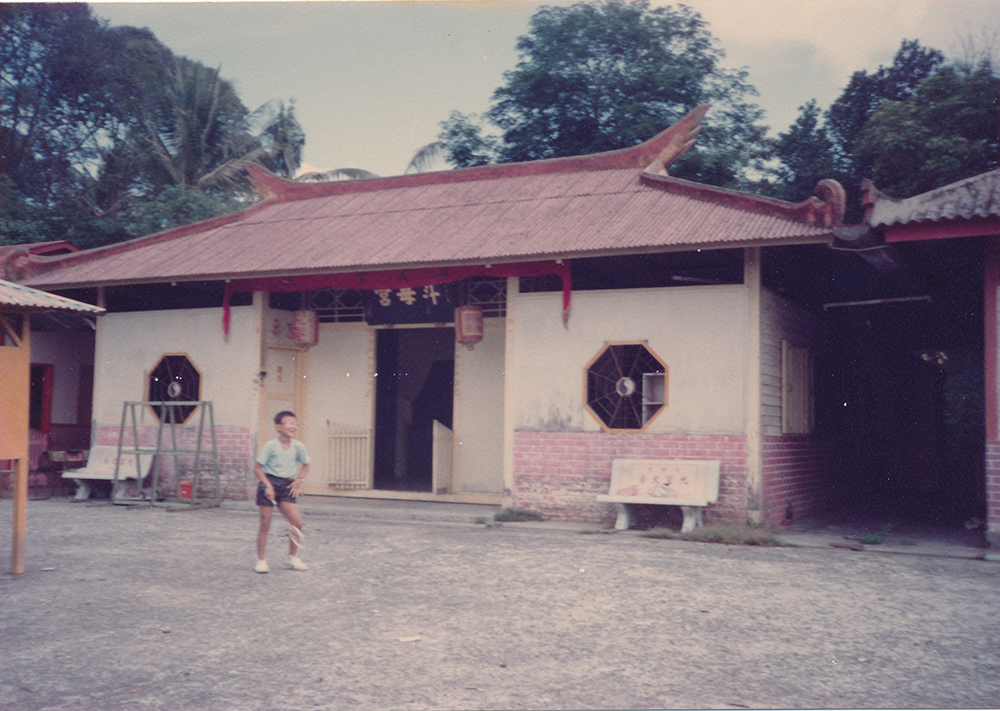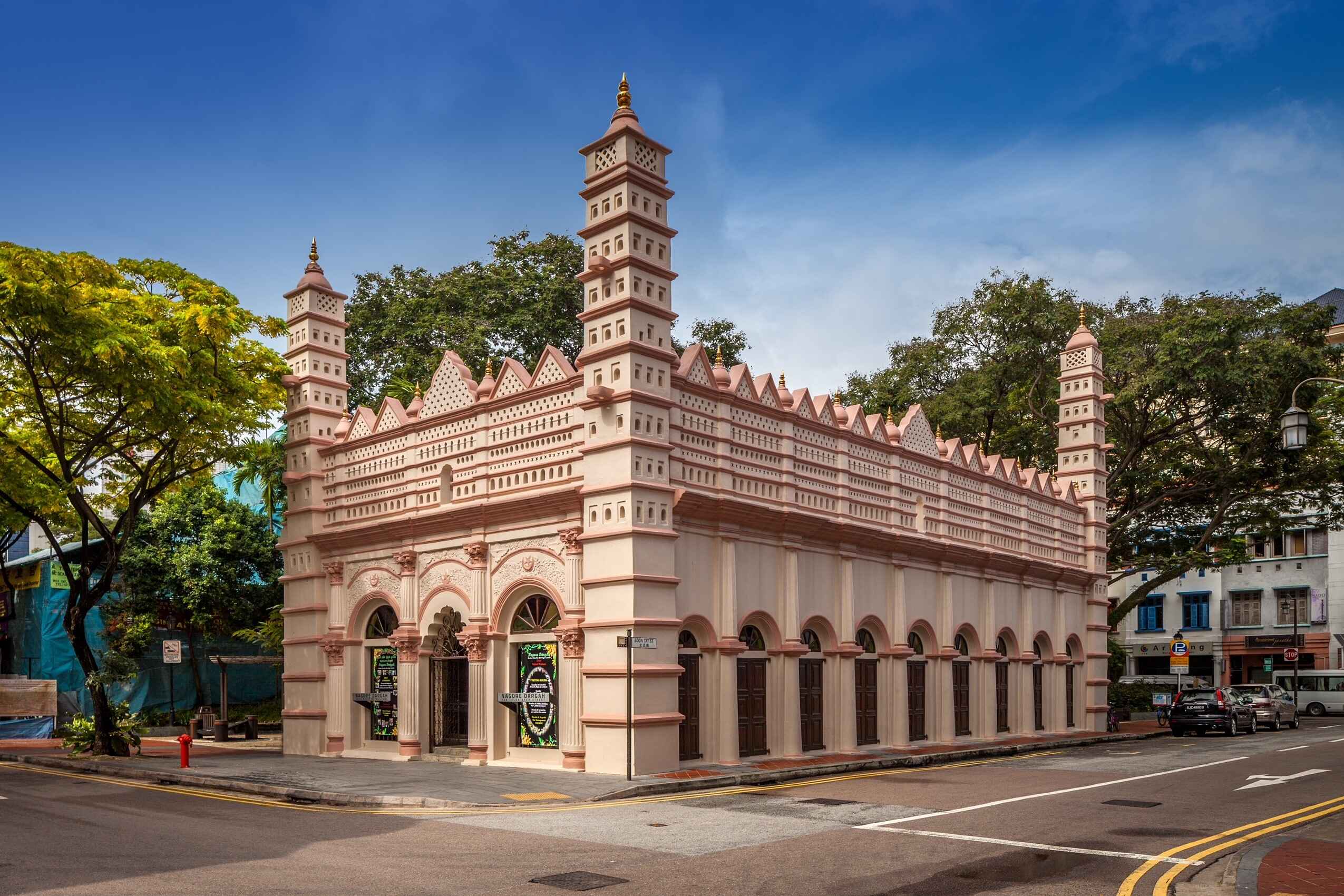This wooden shrine was probably used for personal worship in a Zoroastrian home. Devotees would recite prayers across the five periods of the day (gah) and perform celebratory rituals on occasions such as Nowruz, the Persian New Year. In a state of ritual purity, the faithful light the glass oil lamp (divo), offer flowers and prayer books, and pray to Ahura Mazda before the sacred fire. Similar to Jain and Hindu house shrines in Gujarat, this shrine resembles a Zoroastrian fire temple (agiary), with Persian elements such as the Faravahar (Farohar – a symbol of the Zoroastrian faith) at the top and the two soldiers from the Achaemenid empire at the base of the pillars. Elements like the baluster columns and the floral embellishments show influences from Mughal architecture.




